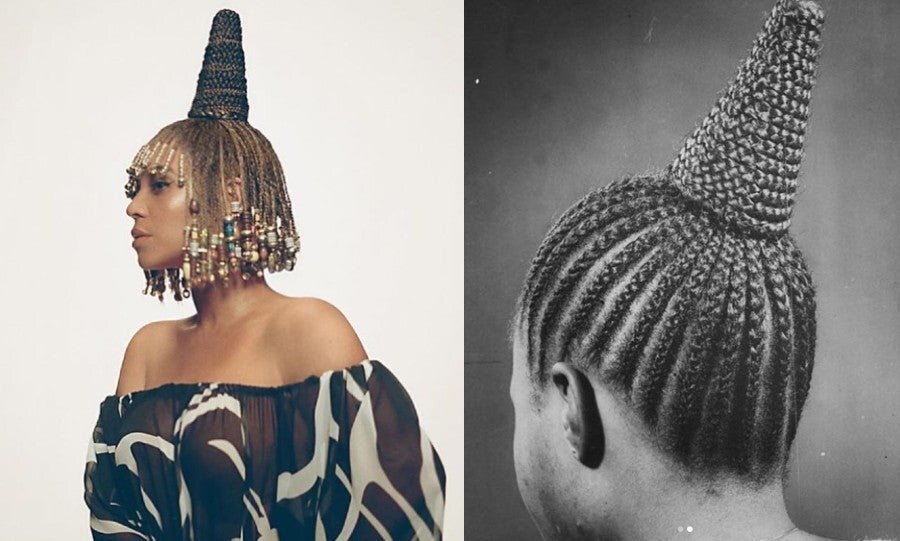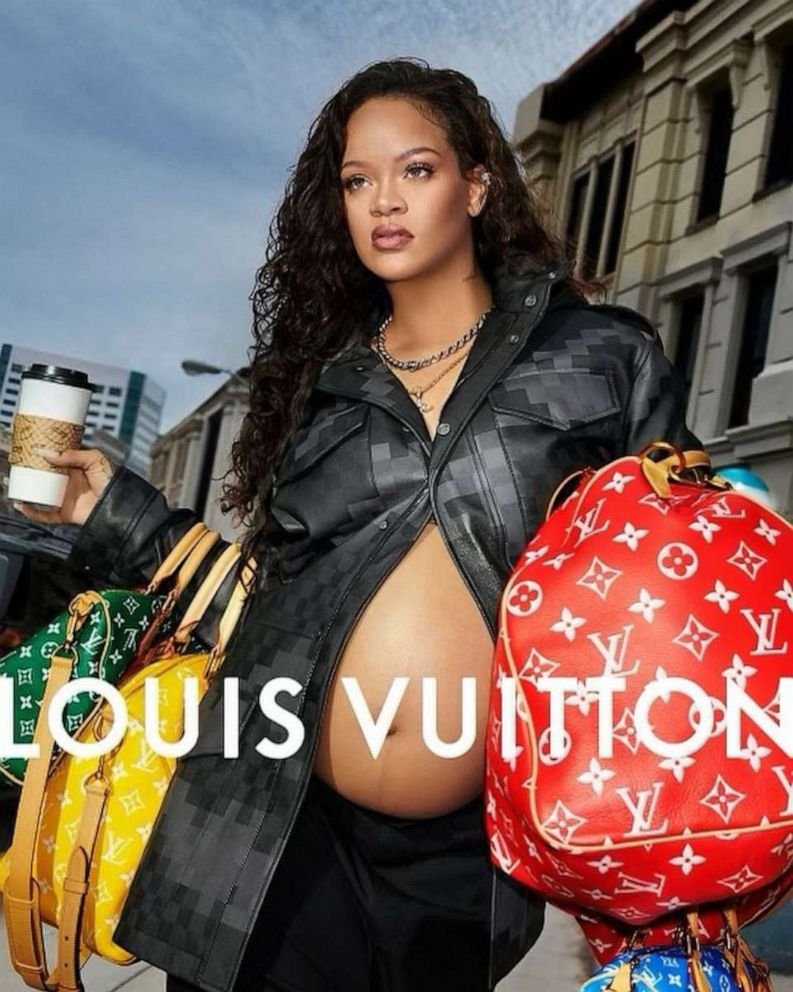THE HAIR BEHIND BEYONCE’S ‘BLACK IS KING‘
A HORNED HEADDRESS FROM THE “ALREADY VIDEO”
BY SHALWAH EVANS / ESSENCE
It has only been a few days since Beyoncé’s highly anticipated film and visual album Black Is King debuted and lead hairstylist on the project, Neal Farinah, is simply happy to be back in his salon. Like all other hair salons in New York City, the pandemic caused him to shut his doors for months, and he finally just reopened at the top of July.
“You never stop in? That’s so shady!” he playfully scolds after I tell him that I pass by the Brooklyn shop all the time.
Farinah is calm and humble with an infectiously joyful demeanor as we speak over the phone. The Trinidadian stylist is excited to be back to serving his diverse clientele again. He doesn’t broach the subject of Black Is King until I do. But once probed, he opens up, and it’s clear that the project has not only expanded his skills as a stylist, but that it has changed his life.
“Beyoncé told me she had this amazing project that she was working on. It was something like her baby,” Farinah recalls. “She’s like, ‘I want to do all these amazing videos.’ She showed me all these different references, all this beautiful art of African hairstyles and trends. I’m a young man from the Caribbean and I’ve also been doing Black hair all my life. I have education on hair, but when I went back and I started researching all this amazing hair art from 18th century and stuff, I was blown away.”
The film, which is an extension of the 2019 The Lion King soundtrack executive produced by the singer, feels like a love letter to Africa. So she and Farinah paid extra special attention to the details of the hair, pulling references from African royalty and from different tribes across the continent.
Farinah called on an additional slew of talented Black stylists including Kim Kimble, Nakia Rochon Collins, Xia Charles, Keinda Samuel, Nicole Newland, Safiya Warner, Tashana Miles, Kendra Garvey, Kamila Gerestantand and more; collectively they went to work. Intricate braid styles, traditional embellishments such as cowrie shells and beads, and ornate headwraps and geles were the result.
“As soon as they started bringing pieces, we started to put them together and I would send to Beyoncé. She’d be like, ‘Go back and do this, go back and do that.’ Or, ‘Try to do it in this color. Bring flavor, bring flavor,’ and sometimes, ‘Less is more,'” Farinah tells ESSENCE. “And she’d say ‘Remember I have to perform.’ And I didn’t think about all of that, that she has to perform. We’d just create.”
That passion to just create led to some larger than life styles that even Farinah wasn’t sure how they’d pull off, including a horned headdress of the Dinka and Mursi tribes that the singer wore sitting atop a horse in the “Already” video, as well as a cascade of box braids more than 30 feet tall that she donned at the end of “Water.”
A HORNED HEADDRESS FROM THE “ALREADY VIDEO”
(INSTAGRAM/@NEALFARINAH)
A BRAID STYLE FROM NIGERIA WORN FOR SPECIAL EVENTS. ACCORDING TO FARINAH, THIS WAS INSPIRED BY ORISHA BUNMI
(INSTAGRAM/@NEALFARINAH)
For Farinah, it was about educating himself on what the different styles represented. While Beyoncé supplied the vision and the inspiration, the execution was up to him and his team. So he studied the styles and how they were created so that he could put his own spin on them without taking away from the meaning. He understood that it wasn’t about simply looking at something pretty.
“It wasn’t for them just a hairstyle. There was a story behind it,” Farinah says. “I have learned so much, that some hairstyles were passed on from generation to generation, to respect your elders, and to respect a married woman. Like when a woman got married, her hairstyle signified that this is a married woman. These hairstyles are so deep. Pieces meant so much. Beyoncé did appreciate me not over-creating the looks because that’s not what it was all about. It was to inspire people about the beauty of African hairstyles and art.”
A BRAID STYLE OF THE MANGBETU TRIBE OF CONGO, WHO WERE KNOWN FOR THEIR PRACTICE OF SKULL ELONGATION TO ACCENTUATE ELABORATE HAIRSTYLES AND TO SHOW STATUS
(INSTAGRAM/@NEALFARINAH)
BEYONCÉ WEARS BANTU KNOTS WITH A EGYPTIAN HIEROGLYPHIC ANKH SYMBOL IN THE CENTER IN THE “ALREADY” VIDEO. “ABANTU” OR BANTU IS RECOGNIZED AS THE ZULU WORD FOR PEOPLE IN MANY LANGUAGES.
(INSTAGRAM/NEALFARINAH)
“Black women’s hair and Black trends have been put down for so many years. And I’m so proud that we can do this and educate people about Blackness and Black hair, Black trends, how amazing it is and the story behind it, the history behind these cultures,” he finishes. “It was not just hair. It was not just a braided hairstyle. Everything meant something and that’s what makes it powerful. And I’m so happy that Beyoncé came up with this amazing [project] and that I can share this with her because her vision is unbelievable.”
BEYONCÉ WEARS BANTU KNOTS WITH A EGYPTIAN HIEROGLYPHIC ANKH SYMBOL IN THE CENTER IN THE “ALREADY” VIDEO. “ABANTU” OR BANTU IS RECOGNIZED AS THE ZULU WORD FOR PEOPLE IN MANY LANGUAGES.
(INSTAGRAM/NEALFARINAH)














What exactly is breathwork and how do you do it?